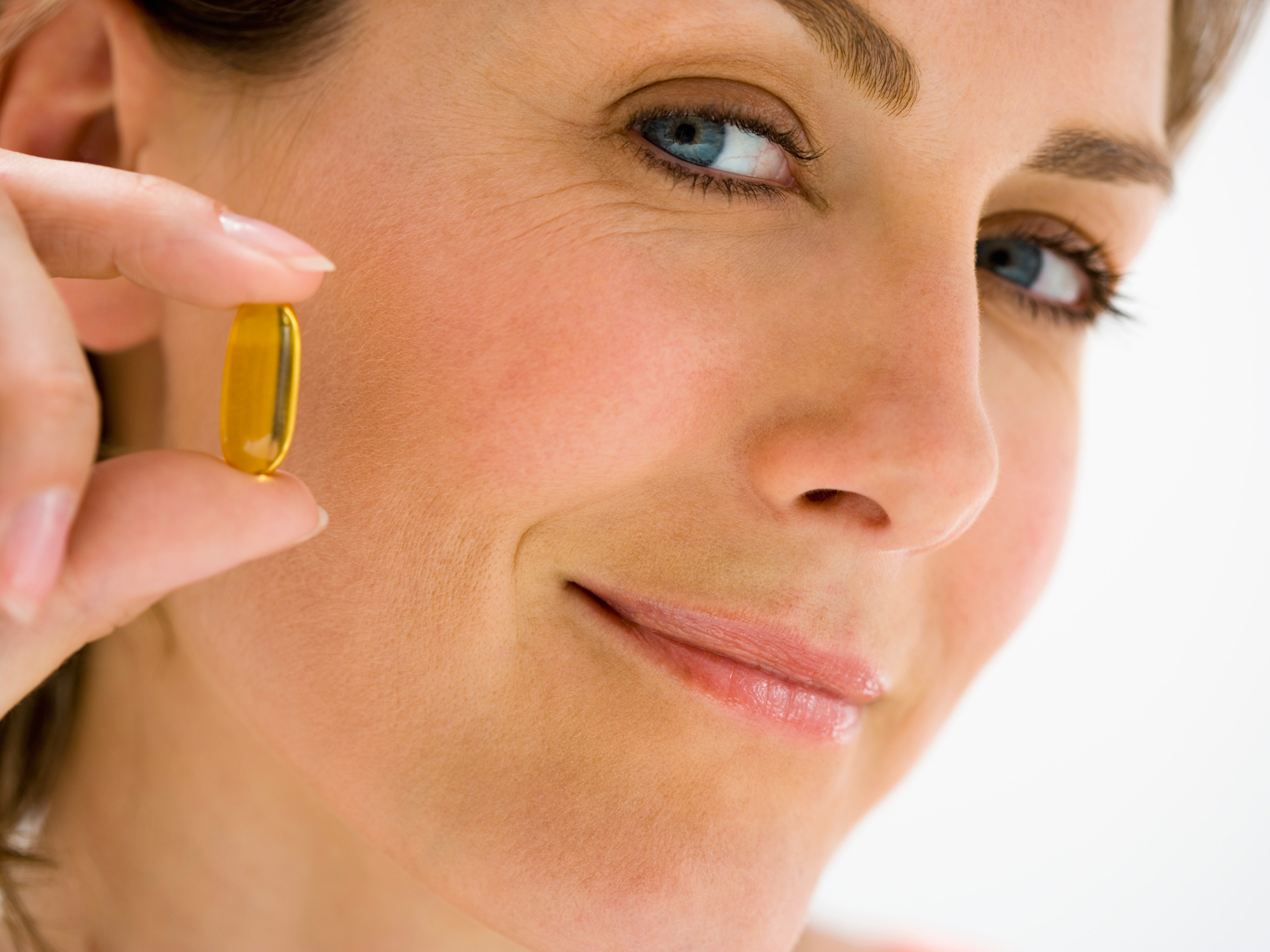Get Easy Health Digest™ in your inbox and don’t miss a thing when you subscribe today. Plus, get the free bonus report, Mother Nature’s Tips, Tricks and Remedies for Cholesterol, Blood Pressure & Blood Sugar as my way of saying welcome to the community!
The vitamin that slows aging where it starts

You’ve probably heard of vitamin D being the sunshine vitamin.
Yet like most people, you probably spend more time indoors… and when you are outside, you wear sunscreen that prevents vitamin D from being activated in your skin.
This equals one big problem — vitamin D deficiency.
In recent years, vitamin D deficiency has grown in numbers. More than forty percent of us now have some degree of deficiency. And as my colleague Dr. Michael Cutler has previously written, that increases your risk of chronic diseases, including cancer, heart disease, hypertension and diabetes.
This, coupled with vitamin D’s exceptional health benefits, has positioned this humble vitamin as a hot topic for continued research.
Now, researchers have uncovered another important reason you’ll want to get plenty of D — and that’s because it could help prevent aging where it starts…
Telomeres and vitamin D
Telomeres are like plastic caps on the end of your chromosomes, protecting them from deterioration and damage. Studies have clearly shown that shortening of telomeres is associated with more rapid aging, along with the development of many age-related diseases.
This knowledge is what prompted researchers to explore the vitamin D/ telomere connection — and here’s what they found…
In 4,347 men and women aged between 42 and 49 years, evaluations of blood samples and telomeres were conducted. The results revealed that there was a positive association between vitamin D and telomere length. The researchers believe this is due to vitamin D’s effects on mechanisms such as inflammation and the rate of cell generation.
Interestingly, this is not the only study to find such results…
In two more studies — one in 2,160 women, the other in 1,337 registered female nurses — the same positive associations between vitamin D and telomere length were shown.
While researchers suggest we need more research to reach any definitive conclusion, these results are incredibly promising.
The major point is, improving your vitamin D status could help you slow down aging from a cellular level.
Dietary sources of vitamin D
Increasing your intake of vitamin D through dietary means is one great line of action to take.
Sources include:
- Mushrooms (all types) — exposure to ultraviolet light increases their vitamin D content. You can “irradiate” mushrooms yourself following this recipe, to get a mega-dose of D.
- Fish — halibut, mackerel, carp, salmon, trout, whitefish, among others
- Eggs.
- Liver.
- Cheese (contains small amounts but is often fortified).
- Vitamin D fortified foods — margarines, milk, meal replacements, cereals and orange juice.
As you can see, there aren’t too many food sources that contain vitamin D, which is why you either need to include one of two things in your weekly regimen — sunlight or supplements.
But when supplementing your D, if you take a multi-vitamin, be cautious of vitamin A. My colleague Margaret Cantwell was surprised to learn recently that the wrong vitamin A was the culprit stealing her disease-fighting vitamin D.
Exposure to sunlight
Exposing your skin to sunlight is the best way to increase vitamin D because skin exposure to ultraviolet radiation initiates a series of complex reactions that lead to activated vitamin D (D3) production.
Try to get at least 15 minutes of sunlight each day with your legs, arm and back exposed to the light. Wearing sunscreen prevents vitamin D conversion so for that short period of exposure each day it’s best not to apply any. But if you want to apply some to your face, make sure it’s paraben-free.
Supplementation
Supplementation of vitamin D is often the easiest option.
Typical recommended daily intakes have been set at 600 International Units (IU) for infants from 1 year through to adults 70 years, and 800 IU for adults 70+ years.
Note though, this is the level needed to maintain sufficient health. Since many people are deficient to some degree, my colleague Dr. Michael Cutler recommends 1,000 IU daily or 5,000 IU twice weekly of vitamin D3 is what’s required to boost your vitamin D levels.
Editor’s note: Are you feeling unusually tired? You may think this is normal aging, but the problem could be your master hormone. When it’s not working, your risk of age-related diseases skyrockets. To reset what many call “the trigger for all disease” and live better, longer, click here to discover The Insulin Factor: How to Repair Your Body’s Master Controller and Conquer Chronic Disease!
Sources:
-
Mazidi M, et al. The association of telomere length and serum 25-hydroxyvitamin D levels in US adults: the National Health and Nutrition Examination Survey. Arch Med Sci. 2017;13(1):61–65.
-
Nih.gov. (2017). Retrieved 20 March, 2017, from https://ods.od.nih.gov/factsheets/VitaminD-HealthProfessional/
-
Forrest KY, et al. Prevalence and correlates of vitamin D deficiency in US adults. Nutr Res. 2011;31(1):48-54.













